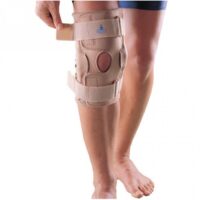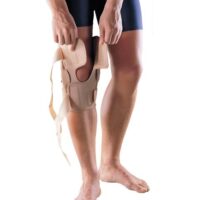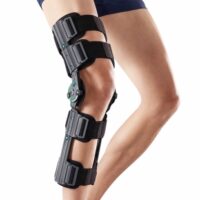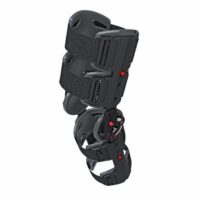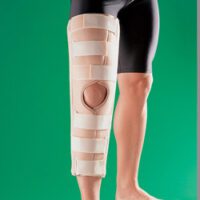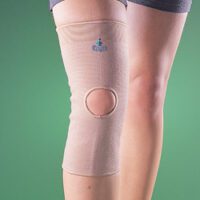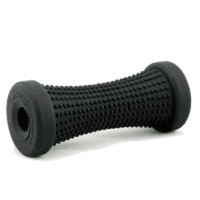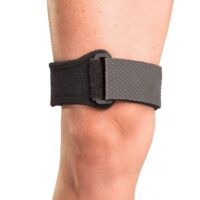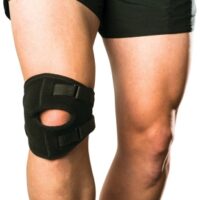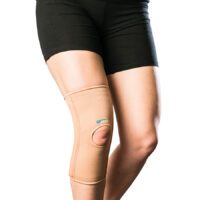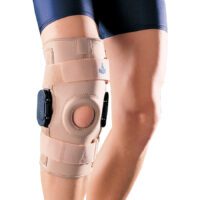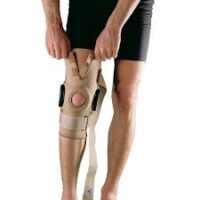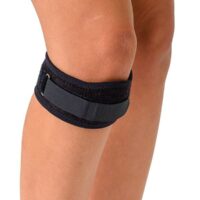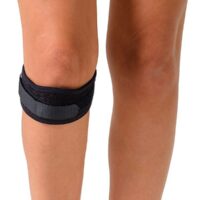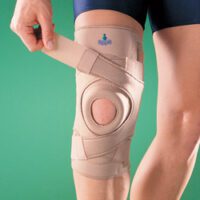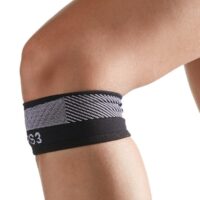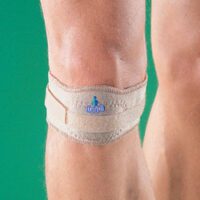Knee Meniscus
Article by J.Miller, S.Armfield

Knee Meniscus Tear
Understanding, Diagnosing, and Treating
What is the Knee Meniscus?
The knee meniscus, commonly referred to as knee cartilage, is crucial for knee joint stability and function. Comprising fibrocartilage, it sits between the femur (thigh bone) and the tibia (shin bone) in each knee, featuring a distinctive kidney shape. It plays a dual role in stabilising rotational movements and cushioning the knee joint, especially during physical activities, by distributing forces and lubricating the joint.
Recognising a Meniscus Tear
Meniscus tears, prevalent in both athletic and ageing populations, result from either acute trauma or gradual wear and tear. Symptoms include knee pain, swelling, clicking sounds, or locking sensations. These tears can emerge in various shapes and locations within the meniscus, influencing their impact and treatment options.
Diagnosis of a Meniscus Injury
Diagnosing a meniscus tear involves a comprehensive medical examination, often supplemented by MRI scans for accurate assessment. A combination of physical tests and imaging techniques may be employed to ensure a thorough evaluation.
Self-Healing Potential of Meniscus Tears
The healing potential of a meniscus tear largely depends on its location. Tears in the vascularised outer edge, known as the red zone, can often heal naturally. In contrast, tears in the avascular inner section, the white zone, typically require surgical intervention for repair.

The Role of Physiotherapy in Treatment
Physiotherapy is effective for minor or red zone tears, focusing on reducing pain, restoring joint mobility, and strengthening muscles in the knee and lower limb to de-load the meniscus.
Strengthening exercises, particularly for the quadriceps, hamstrings, calves, hips, and pelvis, play a crucial role in supporting the knee and promoting healing.
Surgical Intervention: When is it Necessary?
Surgery is considered when non-surgical treatments are ineffective or in cases of white zone tears that have persisting symptoms. Pre-surgery physiotherapy can prepare the knee for surgery, improving outcomes.
Arthroscopic surgery is a common procedure for meniscus injuries, involving minimal incisions and the use of a camera to assess and address the injury.
Recovery and Post-Surgery Care
Post-surgical rehabilitation varies depending on the nature of the injury and surgical procedure. Recovery strategies are tailored to individual needs, focusing on early joint movement and muscle strengthening exercises, while avoiding strenuous activities that could hinder healing.
New Research Insights
Recent studies have underscored the importance of early intervention and tailored rehabilitation protocols in the management of meniscus tears. Advances in imaging techniques and surgical tools have enhanced the precision of diagnoses and treatments, offering more personalised care plans. Ongoing research continues to explore the potential of regenerative therapies and the role of biomechanics in injury prevention and recovery.
Conclusion and Call to Action
Effective treatment of a knee meniscus tear hinges on the severity and location of the injury. It’s imperative to consult a healthcare professional such as your physiotherapist or doctor for a proper diagnosis and treatment plan.
If you’re experiencing knee pain or discomfort, seek medical advice promptly to prevent further injury and ensure optimal recovery. Trust in the experience of your physiotherapist for guidance and support throughout your healing journey.
Rochedale - Call 38410277
Book Online: RochedaleSalisbury - Call 32751044
Book Online: SalisburySandgate - Call 32691122
Book Online: SandgateRelated Articles
- Can A Torn Meniscus Heal Without Surgery?: Discusses the healing process of a meniscus tear, particularly focusing on the blood supply needed for healing and when surgery might be necessary.
- Meniscus Surgery or Physiotherapy? – Meniscal Injury Guide: This article provides a comprehensive guide on deciding between surgery and physiotherapy for meniscus injuries.
- Knee Pain Relief: Your Guide To Diagnosis & Treatment: Covers a broad range of topics related to knee pain, including diagnosis, ligament issues, ACL injuries, and treatment methods through exercise and physiotherapy.
- Discoid Meniscus: Discusses a specific type of meniscus injury and its implications, which could be particularly relevant for those looking to understand different meniscus issues.
- Knee Sports Injuries: Provides insights into various knee sports injuries, including meniscus tears, and offers a range of treatment options and products for knee pain relief.
- Is Knee Clicking Dangerous?: Explores the causes and implications of knee clicking, which can be related to meniscus tears, and provides treatment options.
- Knee Ligament Injury – Physiotherapist Guide & Tips: Offers a guide and tips for knee ligament injuries, including those that may coincide with meniscus tears.






